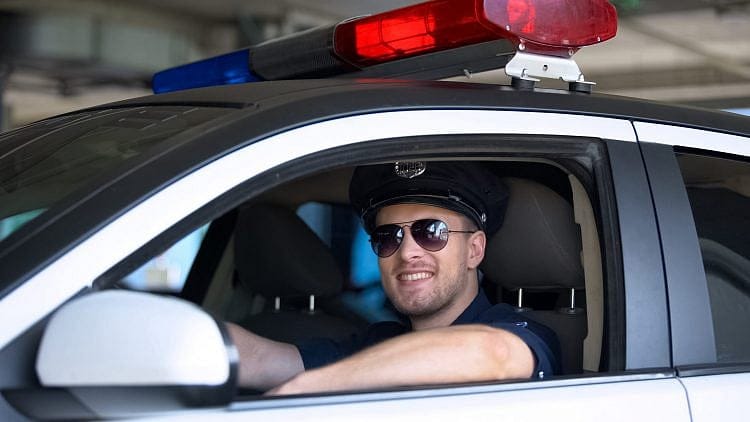Think Cops Are Racists? Think Again

Heather Mac Donald's The War on Cops, written in 2016, is a first-class book that decisively refutes the frequently heard claim that America's entire criminal justice system is "racist."
Many of the candidates in the 2020 Democratic presidential primary debates made this charge a key part of their campaigns. But her book, written not long after the racially charged incidents in Ferguson, Missouri in 2014, marshals 233 pages of facts and data to convincingly make the case that this claim is baseless. Her book not only persuasively demonstrates that the criminal justice system is not "racist" but also shows how the anti-policing movement in many parts of the country has caused a major increase of violent crime, as police officers retreat from pro-active policing.
